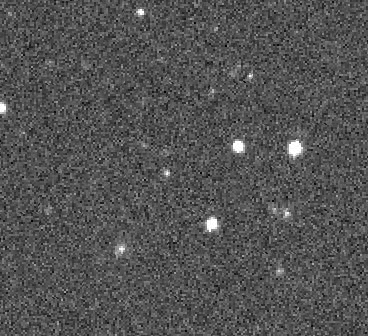Atira-class asteroid "2019 LF6"
In fact, it only just gets beyond Venus, so there’s no way it could threaten us with a collision. The only way that could ever happen is if a Bond villain strapped booster rockets to it…
Even though it’s totally safe, that didn’t stop some clickbait sites from hyping it (such as “NASA astronomers spot monster asteroid near Earth that ‘eluded several decades of careful searches’”).
What’s noteworthy about this asteroid is that it has a super short “year” – it goes around the sun in only 151 days. All I know about orbital dynamics is from my mis-spent years playing with Kerbal Space Program, but this suggests that the orbit is highly elliptical. The asteroid must be going at walking pace when it’s at aphelion. It also comes very close to the Sun at the other end of its orbit – closer than Mercury’s orbit.
Why hadn’t it been spotted before? It’s no real surprise. Something that orbits so close to the sun is always going to appear – well, close to the sun. Looking for it is difficult because it’s going to be on a bright background. The window of opportunity for this type of astronomy is very narrow – only about 20 or 30 minutes before dawn or after sunset.
Just how do they discover these things? Rocks like 2019 LF6 are spotted by taking a series of photos and then comparing the white dots on the (hopefully) dark background. The ones that move between photos are the ones you're looking for. The camera they use is called the Zwicky Transient Facility, which does just this, scanning the sky for objects that change either brightness or position.
Have a look at the image attached here – 2019 LF6 is the little spot that moves through the middle of the field.
Photo credit: ZTF/Caltech Optical Observatories

Comments
Post a Comment